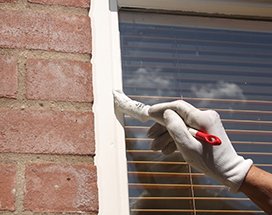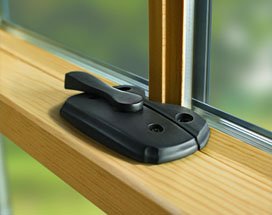
Window and door safety tips
Children see the world’s wonder before they may see its dangers. By following a few basic safety tips, you can help prevent injuries related to windows and doors.
Browse the categories below:
Looking for Window & Door Safety Devices?
Window Safety
Children see the world’s wonder before they may see its dangers. By following the basic safety tips in this video, you can help prevent injuries related to windows and doors.

Dos
- Close and lock windows.
- Position beds and other furniture away from windows.
- Keep blinds, cords, drapes, etc. out of children’s reach.
- Consider installing window opening control devices or window guards.
- Keep patio doors, storm doors and entrance doors locked.
- Consider window placement when landscaping your home. Plant shrubs under windows.
- Develop a family escape plan.
- Check your smoke and carbon monoxide detectors to make sure they are in working condition.

Don'ts
- Don't leave young children unsupervised.
- Don't depend on insect screens to keep children from falling out of windows.
- Don't apply energy-efficient films and coverings to windows designated in your family emergency plan as escape or rescue windows.
- Don't paint, nail or weatherstrip windows shut.
- Don't forget about window and door safety when making repairs to the interior or exterior of your home.
Fall prevention
An open window may pose a hazard to an unsupervised child.
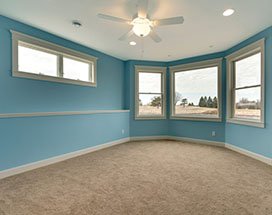
Out of reach
If you need ventilation, open windows that children can’t reach. Children can quickly climb to window ledges or sills and fall.
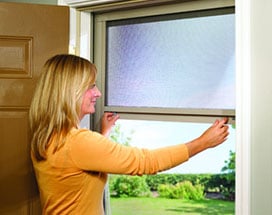
Screen safety
Do not rely on insect screens to prevent falls. They are designed to provide ventilation and to keep insects out.
 (Opens in a new tab)
(Opens in a new tab)Limit Openings
Consider installing window opening control devices or window guards that comply with local building codes. When properly installed, these devices will limit the window sash to less than a four-inch opening. These devices have easy-release mechanisms so they can be disengaged to allow the window to fully open if needed for an emergency escape or rescue.
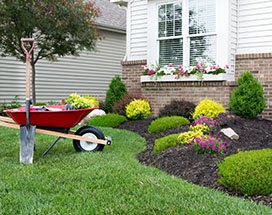
Look outside
Plant shrubs and soft edging like wood chips or grass beneath windows to provide a cushion in the event of a fall. The surface can greatly affect the degree of the injury sustained from a fall.
Fire safety
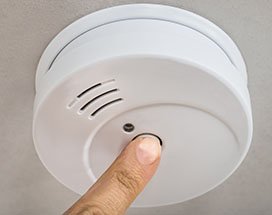
Smoke detectors
The majority of fatal fires occur at night while people are asleep. Install smoke detectors in each sleeping room and on each level and test monthly.

Have a plan
Develop a family escape plan and make sure family members know how to escape from the home in an emergency. Practice it so each member of the family understands it and is able to escape without assistance. Remember, you may not be able to reach children during a fire emergency. Teach children that they must escape from a fire in the home and never to hide from the fire or from emergency personnel.
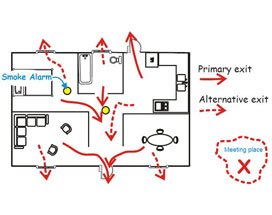
Know your exits
In your plan, include two ways to escape from every room in case one way is blocked by fire or smoke. In most cases, a window or a door is an alternative means of escape or rescue.
Maintenance & security
General window & door safety
- Choose safety glass, such as tempered glass, as an extra precaution for windows and doors in potentially hazardous locations. Upon impact, safety glass breaks into small pieces rather than large, sharp pieces.
- Keep children’s play away from windows and all doors, including patio doors, storm doors and entrance doors. Falling through the glass can cause serious injury.
- If patio doors have access to a swimming pool, install a four-sided fence around your pool. Consider equipping your patio door with an alarm that sounds immediately after the door is opened. Consult the local building code requirements in your area. In many states, alarms of this type are required.
Consult your local building code, fire and police departments regarding general home safety, fire and security tips.
For more home safety tips and information, visit www.nsc.org.
If you would like a copy of our window and home safety tips brochure, more resource information, details about how to obtain warning labels for the insect screens in your home or information about opening control devices for your Andersen products, please email LOFK@andersencorp.com.
Download Materials
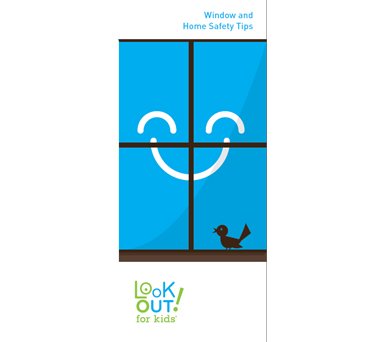 (Opens in a new tab)
(Opens in a new tab)Look Out For Kids Brochure
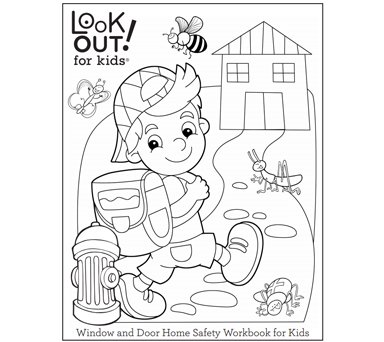 (Opens in a new tab)
(Opens in a new tab)

